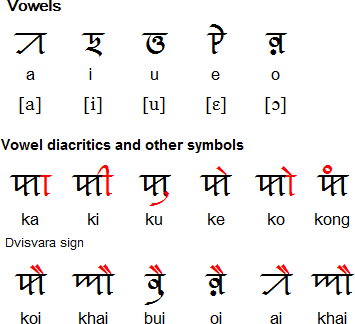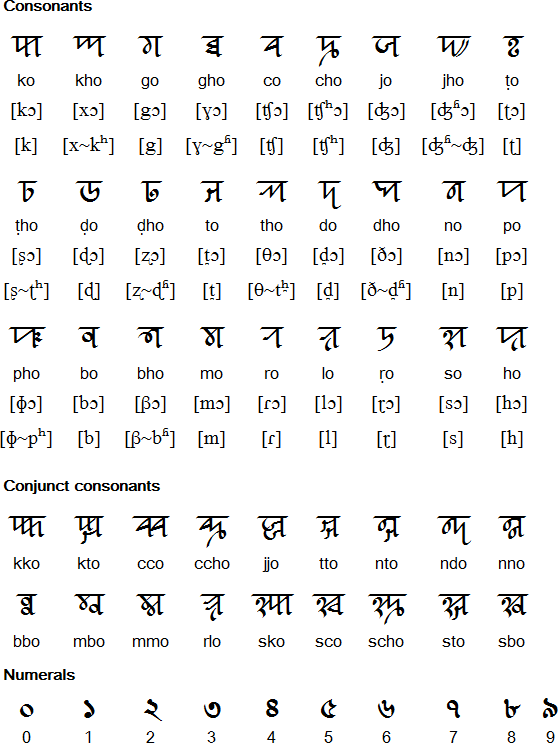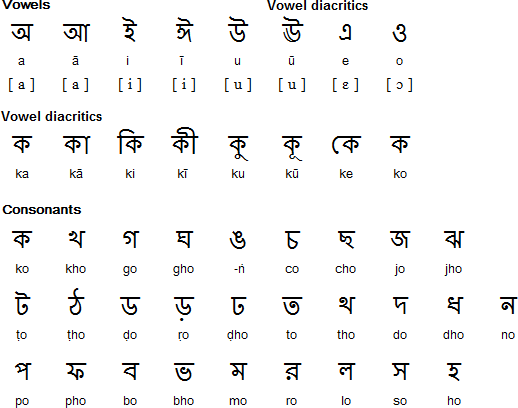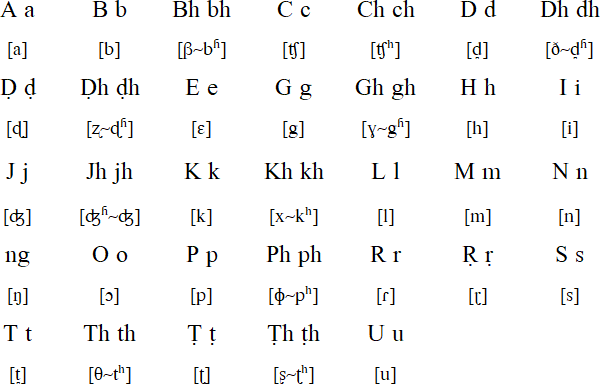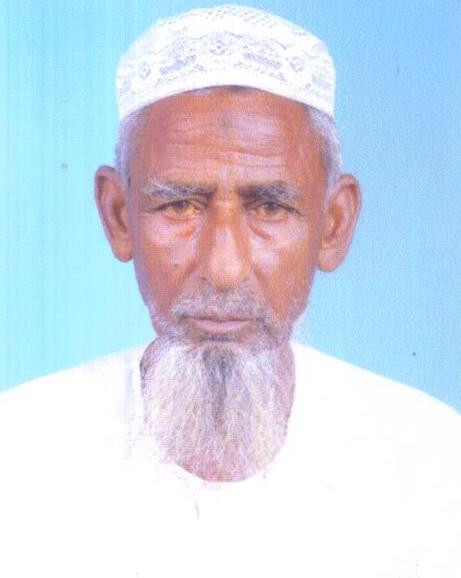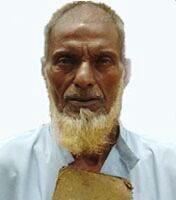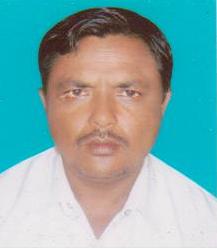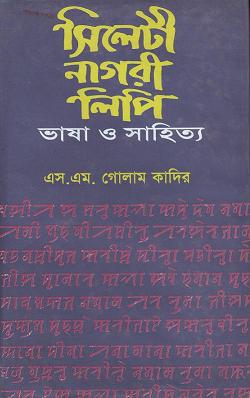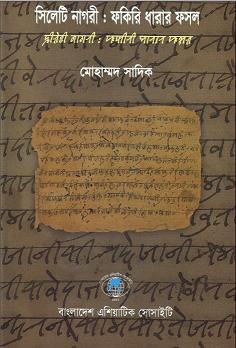Dawki City History-Importance-Origin-Architecture
The tribes of Jaintia Hills had their own kingdom till they came under
the British rule in the 19th century. Jaintia Hills was divided into 12
provinces which they named as ‘Elaka’ and those were ruled by the Dolois
of the respective provinces. Doloi of Nartiang was the power centre as
the Nartiang province was the largest and was named as UKongsan. The
cluster of these provinces formed the Jaintia Syiem ship, which was
ruled by the King chosen by the approval of all the Dolois.
Due to the absence of written script, the history of the place was passed over from one generation to another verbally through legends. To rule different provinces properly without any rifts between different provinces of Jaintia Hills all the Dolois decided to choose a king. But they could not get a man suitable for the post of king for some years.
After some years Doloi of Nartiang got the message that there was a man named U LohRyndi from Sutnga village who is living with a woman named KaLidakha. It was told that these two were transformed into a human being from a fish. These couple had two daughters and three sons. So all the Dolois, decided to have one of the sons of LohRyndi as the king of Syiemship. Doloi of Nartiang along with two other Dolois reached the place to select one of the boys as king and after meeting the family, they decided to appoint Lakor Sing the son of the second daughter Rupanga as the first king who was just 14 years old, so that they could train him accordingly. So KaRupanga was recognized as the ancestral Queen mother of SutngaSyiem and her sister KaRupatong was entitled with ancestral queen mother for the KhadsawphraSyiem. From that time till the British rule, descendents of this ruled these cluster of provinces.
Meghalaya was incorporated into Assam in the year 1835. Due to treaty relationship with the British rule the region enjoyed semi-independent status. As soon as these provinces came under the British government, the office of the Syiem was abolished. Meghalaya was the part of Assam even after independence. On 21st January 1972 Meghalaya was chipped out of Assam to be made into a separate state consisting of United Khasi Hills, Jaintia Hills, and the Garo Hills. But Khasi Hills and Jaintia Hills got separated from each other on 22nd February 1972.
Who Ruled the Place:The place was ruled by the
• Dolois of 12 provinces and altogether by a single Syiem(king).
Due to the absence of written script, the history of the place was passed over from one generation to another verbally through legends. To rule different provinces properly without any rifts between different provinces of Jaintia Hills all the Dolois decided to choose a king. But they could not get a man suitable for the post of king for some years.
After some years Doloi of Nartiang got the message that there was a man named U LohRyndi from Sutnga village who is living with a woman named KaLidakha. It was told that these two were transformed into a human being from a fish. These couple had two daughters and three sons. So all the Dolois, decided to have one of the sons of LohRyndi as the king of Syiemship. Doloi of Nartiang along with two other Dolois reached the place to select one of the boys as king and after meeting the family, they decided to appoint Lakor Sing the son of the second daughter Rupanga as the first king who was just 14 years old, so that they could train him accordingly. So KaRupanga was recognized as the ancestral Queen mother of SutngaSyiem and her sister KaRupatong was entitled with ancestral queen mother for the KhadsawphraSyiem. From that time till the British rule, descendents of this ruled these cluster of provinces.
Meghalaya was incorporated into Assam in the year 1835. Due to treaty relationship with the British rule the region enjoyed semi-independent status. As soon as these provinces came under the British government, the office of the Syiem was abolished. Meghalaya was the part of Assam even after independence. On 21st January 1972 Meghalaya was chipped out of Assam to be made into a separate state consisting of United Khasi Hills, Jaintia Hills, and the Garo Hills. But Khasi Hills and Jaintia Hills got separated from each other on 22nd February 1972.
Who Ruled the Place:The place was ruled by the
• Dolois of 12 provinces and altogether by a single Syiem(king).
• Later by the British government till independence.
The place became famous due to its scenic beauty and for being one of the few road borders crossing and also for the suspension bridge across the river which was constructed in 1932 and is still motarable.
Dawki is a town in Jaintia Hills district, Meghalaya, India.It is located at 25°11′0″N 92°1′0″E.
It is on the border of India Bangladesh.
Dawki City Travel Guide:Dawki is a very popular tourist spot in Meghalaya state. The place Dawki
is a well-known town near the Jaintia Hills of Meghalaya, as it is on
the Indo-Bangladesh border. It is one of the few road borders crossing
of India from where every day nearly many trucks pass carrying coal from
India to Bangladesh along with other things.
This pristine
beauty of Meghalaya is well known for Umngot River and Dawki Bridge. The
umngot river is popular not only for its scenic beauty but also for the
annual boat race which is conducted here in the month of March – April
at Umsyiem. Due to the temperate climate, this place is the house of
different kinds of flora and fauna, which becomes the point of
attraction for many tourists.
The tourists visiting Dawki should not forget to taste the sweets and oranges of Dawki, as it is quite famous for the same.
The
town of Dwaki at Jaintia Hills district of Meghalaya is on the
Indo-Bangladesh border. Dawki is at a distance of 82.4 Km from the
capital city of Meghalaya, Shillong. Umngot River flows through this
town which creates a boundary between the Jaintia Hills and HimaKhyrim
also known as Khasi Hills. Jaintia Hills is bounded by Bangladesh on the
South and in the East by Khasi Hills . On its Northern and Eastern
boundaries it has the state of Assam.
The main economy of the people at this place runs around agriculture, mining and fishing
The
language spoken by most of the locals of Dwaki is more or less similar
to standard Khasi language; some of them even speak Hmar or Biate
language which is very similar to mizo language. Most of the people here
follow Christianity and they have matrilineal system of society. Their
dressing style is similar to Naga and Mizo tribes. The major festivals
of this place are Diwali and Kali Puja. Dawki’s Kali temple which
attracts lots of tourists.
There is a market place very close to
Dawki-Tamabil border crossing, where you will get different foreign
smuggled goods from Bangladesh to buy. There is a farmer market in
Dawki, which was set up recently to up-lift the economic condition of
the farmers as it is very close to the Indo-Bangladesh border, which is a
major import-export center.
Nearby Cities:Dawki
is 55 Km from Syllhet Bangladesh, 82.4 Km from Shillong and 177 Km from
Guwahati Assam.Tamabil is another close by city to Dawki.
Dawki-Tamabil is one of the few road border crossings between India and Bangladesh. It is used mainly for coal transportation to Bangladesh. Some 500 trucks cross the border every day in peak season.Some shared transport is available from Barabazar in Shillong to the border post at Dawki every morning. Buses are also available for the 70 kilometres (43 mi) journey from Shillong. On the other side the Tamabil bus station, 1.5 kilometres (0.93 mi) away, has regular bus service to Sylhet 55 kilometres (34 mi) away.
How to reach Dawki By Bus-Car-Taxi-Train:
Dawki by Air:
Dawki does not have any airport; the closest airport is the Guwahati airport. Guwahati airport is well connected with other cities of the country. From Guwahati airport there are regular helicopter services by Pavan Hans to fly people from Guwahati to Shillong. From shilling Dawki can be reached easily by road.
Dawki by Rail:There is no railway station at Dawki, but tourists can take train upto Guwahati station, which is well connected with other places of the country. From Guwahati railway station you can reach Dawki by road via Shillong.
Dawki by Road:From Shillong head towards north-west – Motphran – NH40 – Shri Hanuman Mandir – NH40/44E – NH44/NH44E – MahadevKhola Dam –NH40/NH44E – Thangkiew Filling Station – NH40 – Laitlyngkot-Smit Road – NH40 – Pynursla Police Station – NH40 – Dawki.
If you are coming from Guwahati then follow the following direction till Shillong :
Guwahati – head north – Lokhra Road – NH37 –Jorabat Police Station –NH40 – Arphewmer -- NH40 – HP Petrol Pump – NH40 – Lumdiengjiri Police Station – NH40/NH44E – from here follow the same path which is mentioned from Shillong to reach Dawki.
Bus Route:There are bus services from Shillong to Dawki and there are some shared transports from Barabazar Shillong to Dawki every morning. On the other side just 1.5 Km away at Tamabil there are regular bus services to Syllhet Bangladesh from the bus station.
Dawki does not have any airport; the closest airport is the Guwahati airport. Guwahati airport is well connected with other cities of the country. From Guwahati airport there are regular helicopter services by Pavan Hans to fly people from Guwahati to Shillong. From shilling Dawki can be reached easily by road.
Dawki by Rail:There is no railway station at Dawki, but tourists can take train upto Guwahati station, which is well connected with other places of the country. From Guwahati railway station you can reach Dawki by road via Shillong.
Dawki by Road:From Shillong head towards north-west – Motphran – NH40 – Shri Hanuman Mandir – NH40/44E – NH44/NH44E – MahadevKhola Dam –NH40/NH44E – Thangkiew Filling Station – NH40 – Laitlyngkot-Smit Road – NH40 – Pynursla Police Station – NH40 – Dawki.
If you are coming from Guwahati then follow the following direction till Shillong :
Guwahati – head north – Lokhra Road – NH37 –Jorabat Police Station –NH40 – Arphewmer -- NH40 – HP Petrol Pump – NH40 – Lumdiengjiri Police Station – NH40/NH44E – from here follow the same path which is mentioned from Shillong to reach Dawki.
Bus Route:There are bus services from Shillong to Dawki and there are some shared transports from Barabazar Shillong to Dawki every morning. On the other side just 1.5 Km away at Tamabil there are regular bus services to Syllhet Bangladesh from the bus station.
Best Tourist Places to visit in Dawki-Things to do:
Umngot River,
Dawki Bridge,Bakur Bazar,Kali Temple,Tamabil Border.
Accommodation In Dawki:Unfortunately the town of Dwaki does not have much accommodation facilities for the tourists. There is one PWD bungalow at Dawki which needs to be booked in advance; you can even stay in the guest house at Maolinang, it takes only 30 minutes to drive to this place from Dawki. Tourists can even stay in the hotels of the state capital Shillong or if they are coming to visit the place from Bangladesh, they can stay in the hotels of Syllhet or Dhaka in Bangladesh.
1)Village Home Stays/Guest house,
Mawlynnong,Dawki,Meghalaya
Ph:09436104844
Cost of Bamboo Hut: Rs1700 or 1800 per day
2) Village Home Stays/Guest house,
Mawlynnong,Dawki,Meghalaya
Ph:08014992189
Cost of Room: Rs1300 per day
3) Dawki Police Station
Dawki - 793109,Meghalaya
Ph:: 03653-222222
Dawki - 793109,Meghalaya
Ph:: 03653-222222
4) State Bank of India
Dawki - 793109,Meghalaya
Phone :- 03653-62218
Email :- sbi.05805@sbi.co.in
Dawki - 793109,Meghalaya
Phone :- 03653-62218
Email :- sbi.05805@sbi.co.in
5) Meghalaya Cooperative Apex Bank Ltd
Dawki - 793109,Meghalaya
Ph:03653-222226
Dawki - 793109,Meghalaya
Ph:03653-222226
6) Sub-Post office
Bakur Bazar,Dawki-793109,MeghalayaPh: 03653-222221
-------------------------------------------------------------------------------------------------------------
Blog was Created by Mridul Nandy.



























